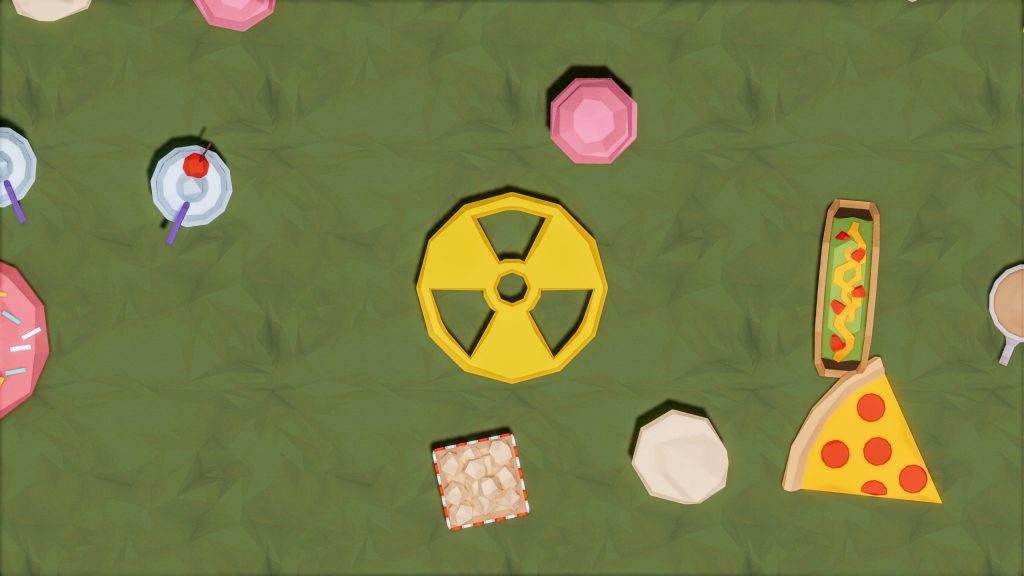Did you know that deuterium, an isotope of hydrogen, is a critical element in fueling fusion reactions in nuclear reactors? This fascinating process generates a vast amount of energy, but how exactly does it work? In this discussion, we will explore the intriguing world of deuterium in nuclear reactor technology. From the fusion reactions that release significant energy to the requirements for fusion power plants and the production and supply of tritium, another essential isotope, we will uncover the inner workings of these reactors. But that’s not all, as we will also delve into the advancements made by the DOE Office of Science and the use of CANDU reactors around the world. Get ready to uncover the remarkable applications and benefits of deuterium in nuclear reactors.
Deuterium-Tritium Fusion Reactions
Deuterium-tritium fusion reactions involve the combination of deuterium and tritium isotopes of hydrogen, resulting in the release of a substantial amount of energy. This fusion reaction has significant potential for generating fusion energy. Deuterium, which is abundant in seawater, serves as the fuel for this reaction. Tritium, on the other hand, is rare in nature and needs to be produced through a process called tritium breeding. In the fusion reaction, deuterium and tritium nuclei fuse together to form a helium atom and an energetic neutron. This neutron production is an important aspect of the reaction as it can be used to generate more tritium through the breeding process. The energy release from the fusion reaction is what makes it so promising as a potential source of clean and abundant energy. By harnessing the power of deuterium and tritium fusion, we can tap into a virtually limitless supply of energy while minimizing the production of harmful byproducts.
Requirements for Fusion Power Plants
To further explore the potential for fusion power plants, it is essential to understand the specific requirements that need to be met for successful implementation. Here are the key considerations:
- Fusion power plant fuel options:
- Deuterium-Tritium (D-T) fuel is currently a viable option for fusion power plants.
- D-T fuel offers advantages such as lower temperature requirements for fusion reactions and the abundance of deuterium in seawater.
- However, challenges exist in obtaining sufficient tritium, as it is rare in nature and needs to be produced through breeding.
- Lithium isotope separation methods:
- Tritium production requires exposing lithium to energetic neutrons.
- Enriched lithium-6 is necessary for tritium breeding systems, but it is less abundant than other lithium isotopes.
- Ongoing research aims to develop scalable and environmentally friendly methods for lithium isotope separation.
- Aneutronic fusion reactions and supply chain challenges:
- Aneutronic fusion reactions, which produce minimal neutron radiation, are of interest to avoid certain challenges.
- However, power plant designs using aneutronic fusion reactions will also face supply chain challenges.
Tritium Production and Supply
Tritium production and supply play a crucial role in the feasibility and operation of fusion power plants. Tritium, a radioactive isotope with a 12-year half-life, is essential for sustaining the fusion reaction. To produce tritium, lithium is exposed to energetic neutrons, resulting in the formation of tritium through a process called lithium breeding. However, tritium breeding systems require enriched lithium-6, which is less abundant compared to other lithium isotopes. To ensure a robust supply of tritium, scalable separation methods for lithium isotopes are being developed, aiming for environmentally friendly and efficient techniques. These methods will enable the enrichment of lithium-6 and the extraction of tritium, ensuring a steady and reliable supply chain for fusion power plants. It is crucial to establish a robust supply chain for tritium to support the continuous operation of fusion reactors. With advancements in lithium breeding, tritium enrichment, and scalable separation methods, the feasibility of fusion power plants becomes more promising.
DOE Office of Science Contributions
The DOE Office of Science plays a vital role in advancing fusion energy research and development. Through its Fusion Energy Sciences program, the office contributes to various aspects of fusion energy, including scientific computing advancements, plasma phenomena studies, nuclear reaction databases, lithium isotope separation, and supply chains for fusion energy.
The DOE Office of Science utilizes scientific computing advancements to enhance fusion science and understand plasma phenomena. This enables researchers to simulate and model fusion reactions, optimizing reactor designs and improving overall efficiency.
To support fusion research, the office maintains nuclear reaction databases, which provide valuable data on fusion reactions and help researchers analyze and predict reaction outcomes. This data is crucial for accurate modeling and simulation.
Lithium isotope separation is another area of focus for the DOE Office of Science. Enriched lithium-6 is needed for tritium breeding systems, and research is ongoing to develop scalable and environmentally friendly methods for separating lithium isotopes. This is essential for ensuring a consistent and reliable supply of lithium for fusion energy.
Additional Facts and Considerations
In considering additional facts and considerations, it is important to delve further into the technical aspects and implications of deuterium and its role in fusion energy research. Some key points to explore in relation to deuterium and nuclear reactors include lithium separation, aneutronic fusion, uranium mining, nuclear chain reaction, and spinning turbines.
| Technical Aspects | Implications |
|---|---|
| Lithium separation | Scalable and environmentally friendly methods required |
| Aneutronic fusion | Potential to overcome certain challenges |
| Uranium mining | Fuel source for nuclear chain reactions |
| Nuclear chain reaction | Sustains the fusion reaction |
| Spinning turbines | Generates electricity through magnet movement |
Lithium separation is a crucial step in the production of tritium, a key component in fusion reactions. Developing scalable and environmentally friendly methods for lithium isotope separation is necessary for efficient tritium production. Additionally, aneutronic fusion reactions, which produce minimal neutron radiation, are of interest in order to avoid certain challenges associated with neutron radiation. However, power plant designs utilizing aneutronic fusion reactions may face challenges in establishing a reliable supply chain. Uranium mining plays a vital role as a fuel source for the nuclear chain reaction, which sustains the fusion reaction by splitting uranium nuclei. Finally, spinning turbines are essential in converting the energy released from the fusion reaction into electricity through the movement of magnets. These technical aspects and implications contribute to the broader understanding of deuterium’s use in nuclear reactors and fusion energy research.
How a Nuclear Reactor Works
As we move into the discussion of how a nuclear reactor works, let’s explore the intricate processes and mechanisms involved in harnessing the power of nuclear fusion. The operation of a nuclear reactor involves several key components and steps:
- Control rods: These rods, typically made of materials like boron or cadmium, are used to control the reactions in the reactor core by absorbing excess neutrons and adjusting the rate of the nuclear chain reaction.
- Coolant circulation: Coolant, usually in the form of water, circulates through the reactor core to remove heat generated by the nuclear reactions. This helps to cool down the reactor and prevent overheating.
- Nuclear chain reaction: Slow-moving neutrons, released from splitting uranium nuclei, initiate a nuclear chain reaction. This reaction releases a large amount of energy in the form of heat.
- Moderator role: The reactor has a moderator, such as heavy water or graphite, which slows down the fast-moving neutrons produced by the nuclear reactions. This allows the neutrons to effectively collide with other uranium nuclei, sustaining the chain reaction.
- Electricity generation: The heat produced by the nuclear reactions is used to convert water into high-pressured steam. This steam then flows through turbines, causing them to spin. The spinning turbines generate electricity through the movement of magnets.
CANDU Technology and Reactors
CANDU technology revolutionizes nuclear power generation with its innovative use of heavy water as a moderator and coolant in reactors. CANDU reactors, developed by Canadian scientists, utilize deuterium oxide, or heavy water, for both moderating and cooling purposes. Unlike other reactor designs that use light water, CANDU reactors use heavy water because it has a higher neutron moderation efficiency, allowing for better control of the nuclear reactions.
One significant advantage of CANDU technology is its ability to use natural uranium as fuel. This is in contrast to reactors that require enriched uranium. The use of natural uranium in CANDU reactors reduces the need for fuel enrichment, making it more cost-effective and accessible. Additionally, CANDU reactors have the unique capability to be refueled while operating at full power, providing operational flexibility and minimizing downtime.
CANDU reactors also incorporate advanced safety features. The use of heavy water as a moderator helps maintain a stable nuclear reaction, reducing the risk of a runaway chain reaction. Furthermore, the design of CANDU reactors allows for inherent safety features, such as a negative void coefficient, which means that as the coolant heats up and boils, the reactivity of the reactor decreases, preventing overheating and potential accidents.
In terms of fuel reprocessing, CANDU technology offers the option for on-site fuel reprocessing, which allows for the recycling of spent fuel and the extraction of usable materials. This not only reduces the amount of nuclear waste produced but also maximizes the utilization of fuel resources.





